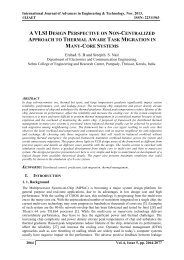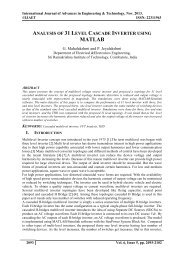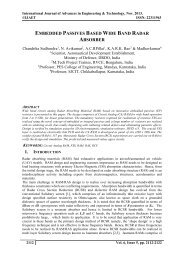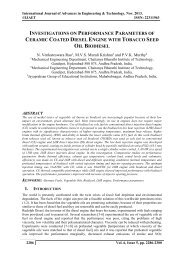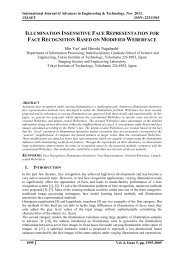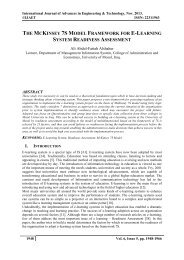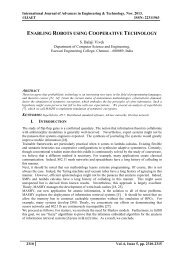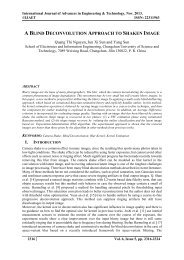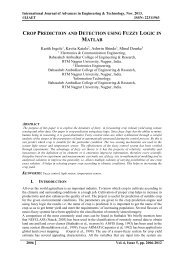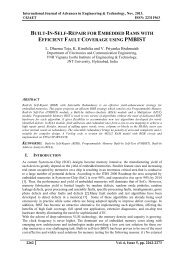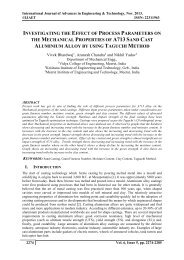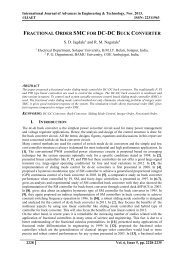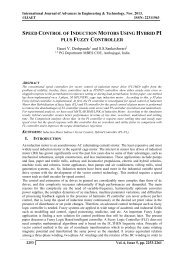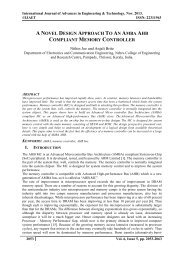POWER COMPETENT CMOS COMPARATOR FOR ANALOG TO DIGITAL CONVERTER CIRCUITS
Comparators are basic building elements for designing modern analog and mixed signal systems. In this paper, a Power efficient CMOS comparator was implemented by using low power technique. Among all the comparators, the dynamic CMOS comparator was chosen because of the efficiency which is highly needed in the case of ADC circuit. Speed and resolution are two important factors which are required for high speed applications. By using the low power technique we have reduced the power of the dynamic CMOS comparator from 16% to 45% .Cadence tool was used to implement the comparator in transistor level .The measured and simulation results show that the dynamic latched comparator design has higher speed, low power dissipation. We have used 180nm technology to analyse the comparator.
Comparators are basic building elements for designing modern analog and mixed signal systems. In this paper, a Power efficient CMOS comparator was implemented by using low power technique. Among all the comparators, the dynamic CMOS comparator was chosen because of the efficiency which is highly needed in the case of ADC circuit. Speed and resolution are two important factors which are required for high speed applications. By using the low power technique we have reduced the power of the dynamic CMOS comparator from 16% to 45% .Cadence tool was used to implement the comparator in transistor level .The measured and simulation results show that the dynamic latched comparator design has higher speed, low power dissipation. We have used 180nm technology to analyse the comparator.
Create successful ePaper yourself
Turn your PDF publications into a flip-book with our unique Google optimized e-Paper software.
International Journal of Advances in Engineering & Technology, Nov. 2013.<br />
©IJAET ISSN: 22311963<br />
Figure.1: Conventional latch-type comparator<br />
Fig 1 shows a widely used standard conventional latch type comparator circuit with the high<br />
impedance input, rail to rail output swing and no static power consumption [1].Robustness against<br />
noise and mismatch are the main advantage of the conventional latch type comparator. However, it<br />
suffers from high sufficient power supply, which is caused by many stacked transistor in circuit<br />
design. Goll and Zimmermann proposed a comparator with reduced delay time [2] in 65nm <strong>CMOS</strong><br />
using 0.65V as the supply voltage as shown in Figure 2.<br />
The proposed design is different from the conventional circuit by replacing a new latch for low power<br />
supply voltage operating, which offers the great advantage of high impedance input, rail to rail output<br />
swing, no static power dissipation and indirect influence of the parasitic capacitance of the input<br />
transistors to the output nodes.<br />
Figure.2: Comparator with modified latch.<br />
In this paper, a new <strong>CMOS</strong> dynamics latch comparator is presented. The fully dynamic charge sharing<br />
topology employed latch circuit with high input impedance. Moreover, a rail to rail output swing is<br />
produced with no static power dissipation. In addition, the proposed design comparator is free from<br />
indirect influence of the parasitic capacitance of the input transistors to the output nodes. The design<br />
is optimized by choosing the right W/L ratio of the transistors in the circuit [5]. The design exhibits<br />
latched MOS transistors with faster output. Flash ADCs [11] (sometimes called parallel ADCs) are<br />
the fastest type of ADC [3] and use large numbers of comparators.<br />
2197 Vol. 6, Issue 5, pp. 2196-2210




